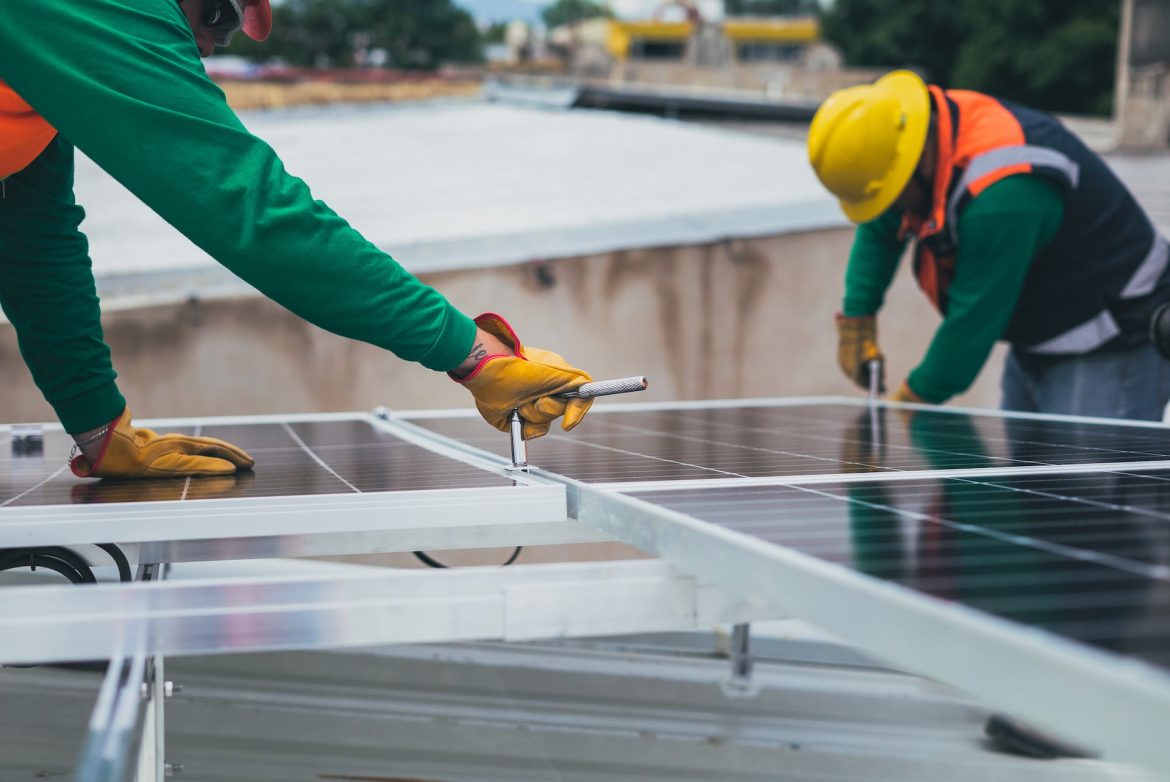Solar power is becoming a popular and affordable option for millions of households in sub-Saharan Africa, according to a new report by the International Energy Agency (IEA). The report, released earlier this week, reveals that annual sales of solar home systems (SHS) have grown seven-fold since 2015 in the region, reaching about 4.5 million units in 2022.
SHS are small-scale solar devices that can provide electricity for basic needs such as lighting, phone charging, and radio. They are especially useful in rural areas where grid connections are unreliable or unavailable. The IEA estimates that more than 45 million people in sub-Saharan Africa rely on SHS exceeding 11 watt-peak (Wp), which is nearly 10% of the population with access to electricity.
The report attributes the rapid growth of SHS to several factors, including falling costs, innovative financing models, supportive policies, and rising demand for clean and reliable energy. The IEA notes that pay-as-you-go systems, which allow customers to pay for SHS in installments using mobile money, have been instrumental in overcoming affordability barriers and expanding access to low-income households. These systems represent nearly 95% of SHS sales among key regional distributors.
The IEA also highlights the environmental and social benefits of SHS, such as reducing greenhouse gas emissions, improving health and education outcomes, creating jobs, and empowering women. The report estimates that SHS have avoided about 3.2 million tonnes of CO2 emissions in 2022, equivalent to taking about 700,000 cars off the road. Moreover, SHS has improved the quality of life for millions of people by providing them with more hours of light, better communication, and enhanced security.
The IEA projects that the SHS market will continue to grow in the coming years, reaching about 6.5 million units sold annually by 2024. However, the report also identifies challenges and risks that could hamper the sector’s development, such as weak network coverage, regulatory uncertainty, quality issues, and competition from grid expansion and mini-grids. The IEA calls for more policy support and coordination among stakeholders to ensure the sustainability and scalability of SHS.
The IEA’s report is consistent with other studies that show the increasing role of renewable energy in Africa’s energy transition. According to the International Renewable Energy Agency (IRENA), renewable energy accounted for 46% of Africa’s total power generation capacity in 2022, up from 43% in 2018. IRENA expects renewable energy to provide more than 70% of Africa’s electricity by 2030 under its Transforming Energy Scenario.
The solar power boom in Africa is a positive sign of the continent’s potential to harness its abundant natural resources and leapfrog to a low-carbon future. As more households switch to solar energy, they not only save money and reduce emissions but also contribute to the global fight against climate change.
Source: Nairametrics



